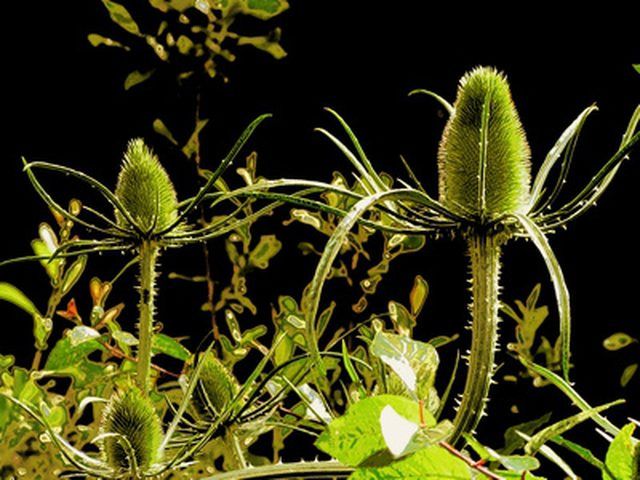Bulbs
Flower Basics
Flower Beds & Specialty Gardens
Flower Garden
Garden Furniture
Garden Gnomes
Garden Seeds
Garden Sheds
Garden Statues
Garden Tools & Supplies
Gardening Basics
Green & Organic
Groundcovers & Vines
Growing Annuals
Growing Basil
Growing Beans
Growing Berries
Growing Blueberries
Growing Cactus
Growing Corn
Growing Cotton
Growing Edibles
Growing Flowers
Growing Garlic
Growing Grapes
Growing Grass
Growing Herbs
Growing Jasmine
Growing Mint
Growing Mushrooms
Orchids
Growing Peanuts
Growing Perennials
Growing Plants
Growing Rosemary
Growing Roses
Growing Strawberries
Growing Sunflowers
Growing Thyme
Growing Tomatoes
Growing Tulips
Growing Vegetables
Herb Basics
Herb Garden
Indoor Growing
Landscaping Basics
Landscaping Patios
Landscaping Plants
Landscaping Shrubs
Landscaping Trees
Landscaping Walks & Pathways
Lawn Basics
Lawn Maintenance
Lawn Mowers
Lawn Ornaments
Lawn Planting
Lawn Tools
Outdoor Growing
Overall Landscape Planning
Pests, Weeds & Problems
Plant Basics
Rock Garden
Rose Garden
Shrubs
Soil
Specialty Gardens
Trees
Vegetable Garden
Yard Maintenance
What Type of Light Makes Plants Grow Faster?
What Type of Light Makes Plants Grow Faster?. Sunlight provides plants with all the light they need, but indoor gardeners may have trouble determining which manmade light promotes growth. Plants use the whole spectrum of light for photosynthesis, but certain colors make plants grow differently. The intensity of light also affects photosynthesis....

Sunlight provides plants with all the light they need, but indoor gardeners may have trouble determining which manmade light promotes growth. Plants use the whole spectrum of light for photosynthesis, but certain colors make plants grow differently. The intensity of light also affects photosynthesis. Luckily, a gardener can easily learn what type of light encourages plants to grow fastest.
The Basics
Sun provides plants with the full spectrum of lights, from red to violet--and plants use all of this light to grow. However, different colors of lights stimulate growth to varying degrees, according to Gardener's Supply Co. For instance, red light makes plants flower; an African violet cannot blossom without red light. Meanwhile, blue light keeps plant growth monitored so plants--particularly short plants and foliage--don't grow too tall.
How It Works
Most plants are green because instead of absorbing green light for growth, they reflect green light back into the atmosphere. This makes them appear green. An article published in Lansing State Journal at Michigan State University explains that chlorophyll converts sunlight into energy via the process of photosynthesis. The sun transmits a mixture of mostly blue and red light. As a result of evolution, chlorophyll now absorbs mostly red and blue light to promote plant growth.
Effects of Red Light
Plants use more red light than light of any other color, according to David Trinklein, an associate professor at the University of Missouri Division of Plant Sciences. Plants, particularly flowering plants, need red light for photosynthesis. When exposed to red light, a plant will rapidly grow tall and thin and produce its flowers readily, according to the Gardener's Supply Co. This means plants grow fastest in red light.
Effects of Blue Light
After red, blue is the most important color in promoting plant growth. It's especially useful for the growth of leaves and vegetation. However, Gardener's Supply Co. warns that a plant exposed to too much blue light may have stunted growth. Blue lighting is best provided for short shrubs and plants with foliage, rather than flowers. All plants could use some blue light, as well as other colors in the spectrum.
Light Quantity
Plants also need specific quantities, or intensity, of light. In the summer, plants receive the most sunlight. Conversely, plants receive the least amount of sunlight in winter. Light allows plants to photosynthesize, which means they grow fastest in the summer or when exposed to an abundance of indoor lighting.
Expert Advice
Indoor gardeners must buy the correct light bulbs for their plants. Gardener's Supply Co. states that full-spectrum fluorescent bulbs give off warm and cool light that's similar to real sunlight. Many plants--especially seedlings--benefit from full-spectrum light. Incandescent bulbs are most common in households, but they give off little blue light. Sometimes, these bulbs burn plants with their heat, Trinklein says. Fluorescent bulbs transmit two to three times as much light as incandescent bulbs. Gardeners can buy either cool bulbs that produce blue light or warm bulbs that produce red light. Gardener's Supply Co. recommends using both simultaneously.